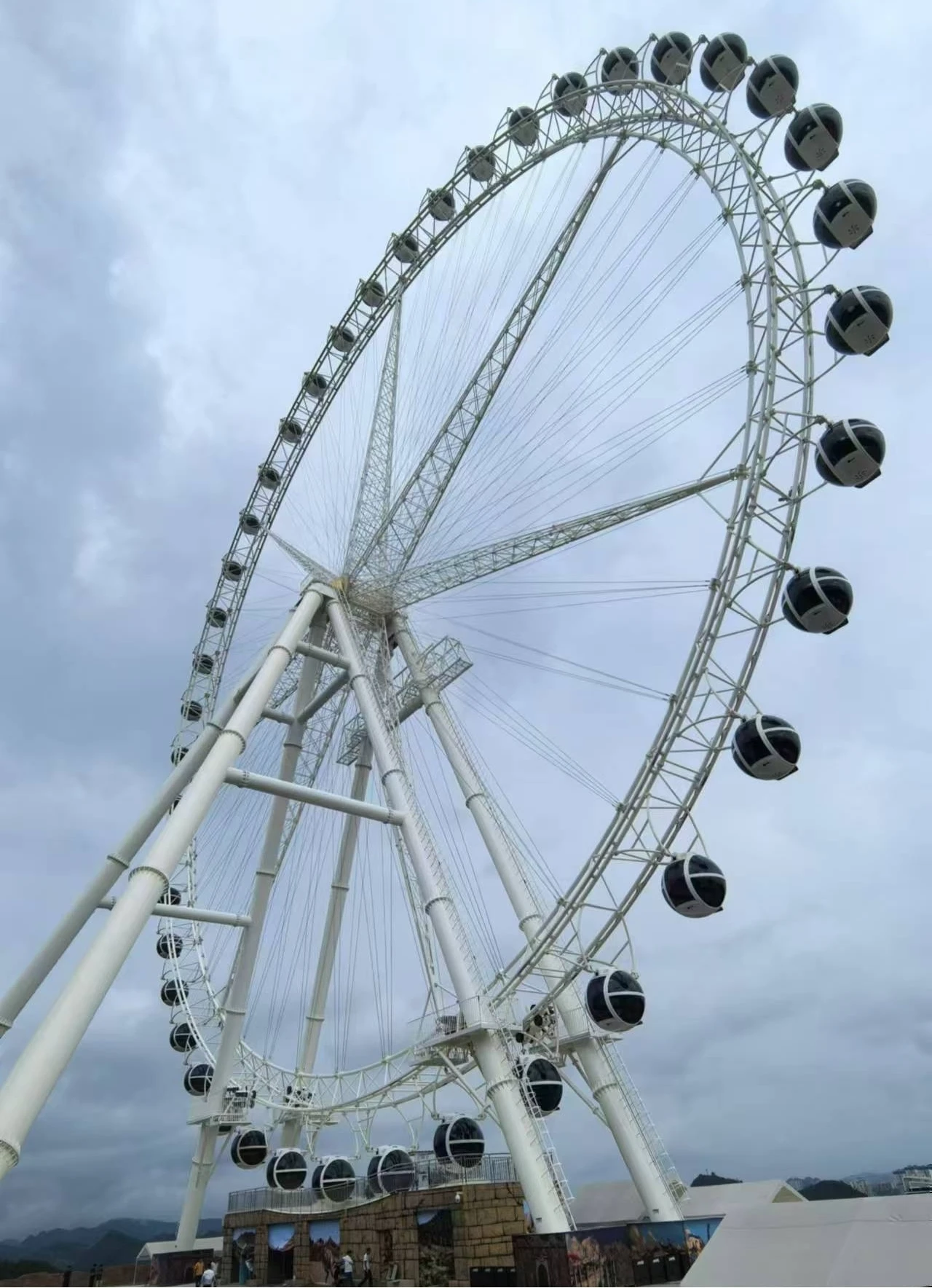- Albanian
- Arabic
- Belarusian
- Bengali
- Czech
- English
- French
- German
- Hebrew
- Hungarian
- Indonesian
- irish
- Italian
- Japanese
- kazakh
- Persian
- Russian
- Thai
- Uzbek
- Vietnamese
Designing an Engaging Flume Ride Experience for Maximum Thrills and Enjoyment
The Art of Flume Ride Design
Flume rides, a staple of amusement parks and water parks worldwide, capture the thrill of descent combined with the refreshing exhilaration of water. They are designed to provide both excitement and safety, appealing to a broad range of visitors. This article delves into the key elements and considerations involved in the design of flume rides, exploring how engineers and designers create these captivating water attractions.
Understanding the Basics
At its core, a flume ride consists of a water-filled trough that guides small boats down a series of drops and curves. The primary goal of the design is to create an adventurous experience while ensuring the safety of riders. A well-designed flume ride stimulates the senses through the combination of speed, splashes, and scenic elements, transforming a simple descent into an unforgettable journey.
Safety Considerations
Safety is paramount in flume ride design. Designers must adhere to strict regulations and standards set by governing bodies, which dictate appropriate heights, materials, and structural integrity. A critical aspect involves the design of the flume's channel. It must be sturdy, with a smooth surface to minimize chances of injury. Additionally, adequate barriers and splash zones are mapped out to protect guests from excess water and the thrill of surprises, such as large splashes.
Engineering Dynamics
The physics of water and gravity play crucial roles in flume ride engineering. Designers must calculate the flow of water, the velocity of the boats, and the forces exerted on both the ride structure and the riders. Conducting thorough hydrodynamic analysis ensures that each twist and drop generates the desired thrill without compromising safety. Using computer simulations, engineers can predict how different designs will perform under various conditions, allowing for fine-tuning before construction begins.
flume ride design

Theming and Aesthetics
A successful flume ride goes beyond just its physical design; it captivates riders through engaging theming and scenery. Designers often choose a theme that enhances the storytelling aspect of the ride, whether it be a tropical rainforest, a mythical adventure, or a historical journey. These themes can involve elaborate landscaping, animatronics, and themed decor that immerse riders in the experience. Attention to detail in these elements captivates the imagination and adds to the overall enjoyment.
Experience and Engagement
Creating memorable experiences is what sets apart thrilling attractions from ordinary ones. Designers consider the pacing of elements within the ride, ensuring a balance between high-speed drops and moments of calm, which heighten anticipation. This ebb and flow keep riders engaged and allow them to experience the thrill of speed before a serene moment allows them to absorb their surroundings.
To enhance the experience further, flume rides often incorporate interactive elements—such as water sprays or mist zones—that engage riders in unexpected ways. These surprises can make each ride unique, encouraging guests to return for more.
Conclusion
The design of flume rides is a remarkable blend of engineering, creativity, and safety. It requires deep knowledge of physics, an understanding of audience engagement, and a meticulous approach to construction. As amusement parks continue to innovate, the evolution of flume ride design promises to bring even more thrilling experiences to visitors while ensuring their safety and satisfaction. With every drop and splash, these rides not only provide adventure but also tell stories, creating cherished memories that resonate long after the ride has ended.
-
Flume Ride-Hebei Zhipao Amusement Equipment Manufacturing Co., Ltd.|Thrilling Water Attraction&NIST Safety StandardsAug.01,2025
-
Double Ferris Wheel Sale | Premium Custom RidesJul.31,2025
-
Flume Ride-Hebei Zhipao|Water-Based Attraction, Safety Standards, High-Speed DescentJul.31,2025
-
Flume Ride: Thrilling Water-Based Adventure & Advanced Engineering - Hebei ZhipaoJul.31,2025
-
Flume Ride-Hebei Zhipao Amusement Equipment Manufacturing Co., Ltd.|Thrilling Water Attraction&Customizable DesignJul.30,2025
-
Flume Ride - Hebei Zhipao Amusement Equipment | Water Coaster, Thrilling DescentJul.30,2025
